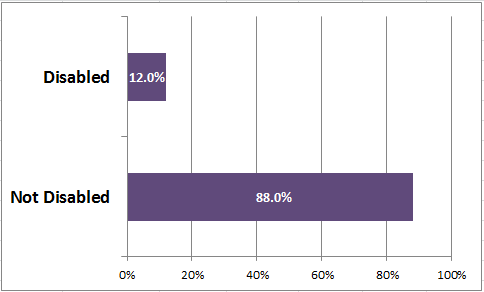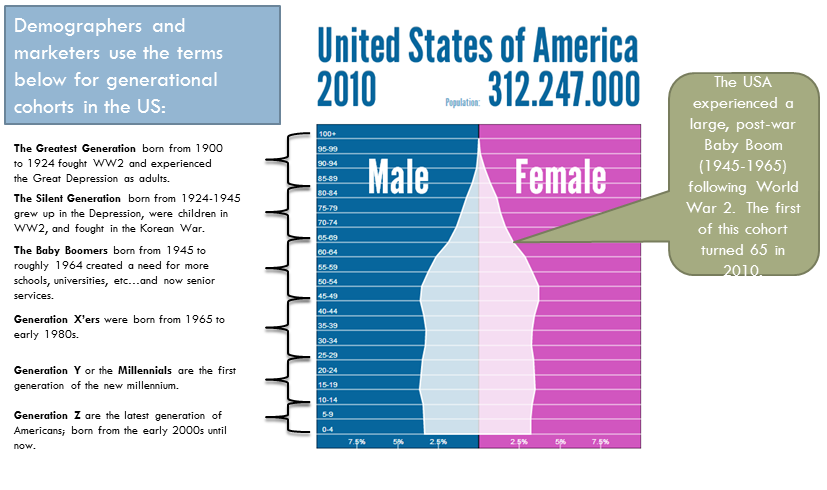This week Arizona Governor Jan Brewer (R) vetoed a bill passed by the Republican-controlled Arizona legislature. Dubbed a "religious freedom" statute, the law would have exempted both individuals and companies from legal penalties if they violated the civil rights of customers, patients, etc. because of the perpetrator's sincerely held religious beliefs. The backlash from major employers, citizens, and potential tourist events to Arizona led to various initial supporters and even the state's two Republican US Senators to oppose the bill.
Similar bills are not new. A study by Wayne State law professor Christopher Lund identifies 16 states that added such laws between 1993 and 2009:
Interestingly, it appears Arizona has a law very similar to the one Gov. Brewer vetoed already on the books. Lund's article finds very few cases have arisen involving these laws. Most also do not appear to have successfully exempted the defendant from legal consequences.
The recent rise of conservatives filing bills around religious freedoms comes largely as a backlash to the rapid expansion of same-sex marriage legalization. Here is a brief primer on the issue:
First, dear readers, you must understand that existing civil rights on the national Federal level cover very specific classes of people (race, religion, ethnicity, disability, etc.) Age is covered but only for people 40 and above. In turn, not all classes of people are covered equally in the areas of employment, housing, and public accommodations. For instance, sex discrimination is illegal in employment and housing. Sex discrimination is also illegal in terms of some public accommodations (hotels, etc.) but generally not restaurants and many other venues. So, you can offer special Ladies Night deals not offered equally to men, have gay male leather bars that exclude women, women-only music festivals, and women-only gyms. Similarly, discrimination because of one's familial status is illegal in housing but not employment or public accommodations.
And when it comes to sexual orientation, there simply is no existing Federal law banning discrimination based on a person's homosexual, bisexual, or heterosexual orientation. For years supporters have been trying to pass the Employment Non-Discrimination Act (ENDA) to ban such discrimination nationally.
21 states and DC, however, have state laws banning sexual orientation discrimination. 11 other states ban sexual orientation discrimination involving public (state) employees. Additionally, scores of cities, universities, and businesses have ordinances and policies banning sexual orientation bias.
So, now we have a number of states legalizing same-sex marriages. In fact, all of the states where same-sex marriages are currently performed have civil rights statutes banning sexual orientation. In New Mexico, a gay couple planned their wedding and contacted a public photography business to photograph their ceremony. The business' owner, a devout conservative Christian, refused claiming performing this service for this couple would violate his religious beliefs. The couple filed a civil rights complaint against the business and ultimately won. Conservatives howled this application of existing civil rights laws against this business violated the owner's personal religion.
In Oregon, there was a similar case involving a lesbian couple planning a ceremony to bless their union. Again, a public business -in this case a bakery- refused to serve them. The couple again filed a complaint against Sweet Cakes by Melissa. Writers for the Portland Willamette Weekly wrote an interesting article exploring just how devout the Christian owners of this business were. They write that the bakery was willing to make cakes celebrating a divorce party, a pagan solstice party, an out-of-wedlock baby shower, a non-kosher BBQ, and a party celebrating a researcher who had just received a grant to clone human cells.
This selective application of 'sincerely held religious beliefs' is also what led to a Lexington, KY, t-shirt printing company's loss over a complaint filed when it refused to print an innocuous Pride festival t-shirt but showed a history of printing a variety of sexually suggestive and crude t-shirts for other customers.
Yet, -and this point is key- the Oregon and New Mexico couples and the Kentucky gay organization would have been out-of-luck legally if they had lived in other jurisdictions. Kentucky for instance has no civil rights law banning sexual orientation. GLSO, the gay organization, and the offending printer both happened to be in Lexington, a city that passed a non-discrimination ordinance covering sexual orientation in 1999.
So, a gay couple that marries in Iowa and then goes home to rural Kansas and is refused a wedding cake by a local bakery has no civil rights protection and no way to legally fight the refusal. So on the legal front, it is not marriage that is the driving force behind the civil rights cases but the enforcement of existing civil rights laws. On the political front, however, religious freedom bills appear to be more about making a political statement against gay people and same-sex marriage.



















